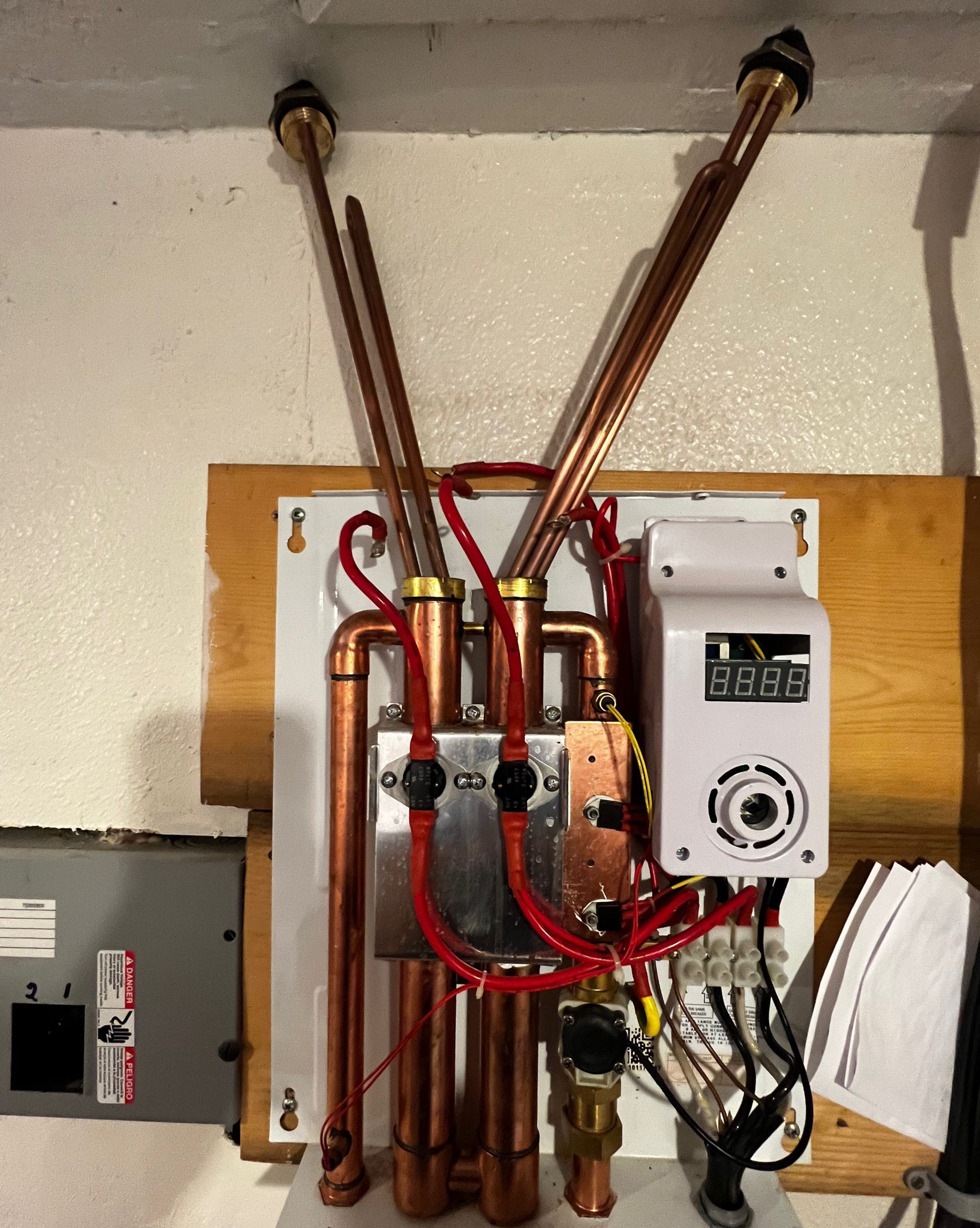Specialist Guidance for Caring for Your Home's Hot Water SystemProfessional Advice for Maintaining Your Home's Hot Water System
Specialist Guidance for Caring for Your Home's Hot Water SystemProfessional Advice for Maintaining Your Home's Hot Water System
Blog Article
How do you feel about How to Maintain Your Water Heater & Prolong its Life?
:max_bytes(150000):strip_icc()/reasons-gas-water-heater-not-working-5212987-hero-fe6b82a59053421c88b7d13ea311d3c5.jpg)
Warm water is necessary for everyday comfort, whether it's for a rejuvenating shower or washing recipes. To ensure your hot water system runs successfully and lasts longer, routine maintenance is crucial. This article supplies sensible ideas and insights on just how to maintain your home's warm water system to avoid interruptions and pricey repair work.
Intro
Maintaining your home's hot water system could seem daunting, but with a couple of easy steps, you can guarantee it operates efficiently for many years ahead. This overview covers everything from recognizing your warm water system to DIY upkeep suggestions and knowing when to employ expert aid.
Significance of Keeping Your Hot Water System
Normal maintenance not just extends the life-span of your hot water system yet also guarantees it operates successfully. Overlooking upkeep can cause lowered performance, higher power bills, and also premature failing of the system.
Signs Your Warm Water System Needs Upkeep
Recognizing when your hot water system requires focus can avoid significant concerns. Look out for indicators such as inconsistent water temperature level, odd sounds from the heater, or rustic water.
Understanding Your Hot Water System
Prior to diving into upkeep tasks, it's valuable to recognize the standard parts of your hot water system. Commonly, this includes the hot water heater itself, pipelines, anode rods, and temperature level controls.
Monthly Maintenance Tasks
Normal monthly checks can assist catch small issues before they intensify.
Purging the Water Heater
Flushing your hot water heater gets rid of sediment accumulation, boosting efficiency and extending its life.
Monitoring and Changing Anode Rods
Anode rods stop deterioration inside the tank. Checking and changing them when worn out is essential.
Checking and Readjusting Temperature Setups
Adjusting the temperature settings ensures optimal performance and safety.
Do It Yourself Tips for Upkeep
You can execute several maintenance tasks on your own to maintain your warm water system in top problem.
Looking for Leakages
Consistently inspect pipes and links for leakages, as these can bring about water damages and greater expenses.
Checking Pressure Relief Valves
Testing the pressure safety valve guarantees it operates properly and avoids too much pressure buildup.
Insulating Pipelines
Shielding hot water pipes reduces warmth loss and can conserve power.
When to Call a Professional
While DIY upkeep is useful, some problems require specialist experience.
Complicated Issues Calling For Specialist Assistance
Examples consist of major leakages, electric issues, or if your hot water heater is regularly underperforming.
Routine Specialist Maintenance Benefits
Specialist maintenance can include thorough examinations, tune-ups, and guaranteeing conformity with safety and security requirements.
Conclusion
Normal upkeep of your home's hot water system is crucial for effectiveness, longevity, and price savings. By complying with these tips and recognizing when to seek specialist help, you can make certain a trustworthy supply of hot water without unanticipated interruptions.
How to Maintain an Instant Hot Water Heater
Before tinkering with your hot water heater, make sure that it’s not powered on. You also have to turn off the main circuit breaker and shut off the main gas line to prevent accidents. Also turn off the water valves connected to your unit to prevent water from flowing into and out of the appliance. 2. When you’re done, you have to detach the purge valves’ caps. These look like the letter “T” and are situated on either side of the water valves. Doing so will release any pressure that has accumulated inside the valves while at the same time avoid hot water from shooting out and burning your skin. 3. When the purge valves’ caps are removed, you have to connect your hosing lines to the valves. Your unit should have come with three hoses but if it didn’t, you can purchase these things from any hardware or home repair shops. You can also get them from retail stores that sell water heating systems. Read the user’s manual and follow it to complete this task properly. When the hosing lines are connected, open the purge port’s valves. 4. You should never use harsh chemical cleaners or solutions when cleaning your unit. Make use of white vinegar instead. It should be undiluted and you’ll probably use about 2 gallons. 5. Now flush your water heater. This task should probably take about 40 minutes. We can’t give you specific directions for this because the procedure is carried out depending on the type, model and brand of your heater. With that being said, refer to the user’s manual. 6. When you’re done draining the unit, you have to turn off the purge port valves again. Remove the hosing lines that you earlier installed on each of the water valves. Put the valve caps (purge port) back in their respective places and be very careful so as not to damage the rubber discs that are found inside these caps. 7. Now that everything’s back in place, check your user’s manual again to find out how to reactivate your water heating system. 8. Once it is working, turn one of your hot water faucets on just to let air pass through the heater’s water supply pipes. Leave the tap on until water flows smoothly out of it. https://www.orrplumbing.com/blog/2014/september/how-to-maintain-an-instant-hot-water-heater/

As a passionate person who reads about What Kind of Maintenance Do Water Heaters Need?, I think sharing that piece of content was essential. Sharing is nice. Who knows, you may be helping someone out. I recognize the value of your readership.
Click Here Report this page